How deep should your water well be to protect your household and your health?
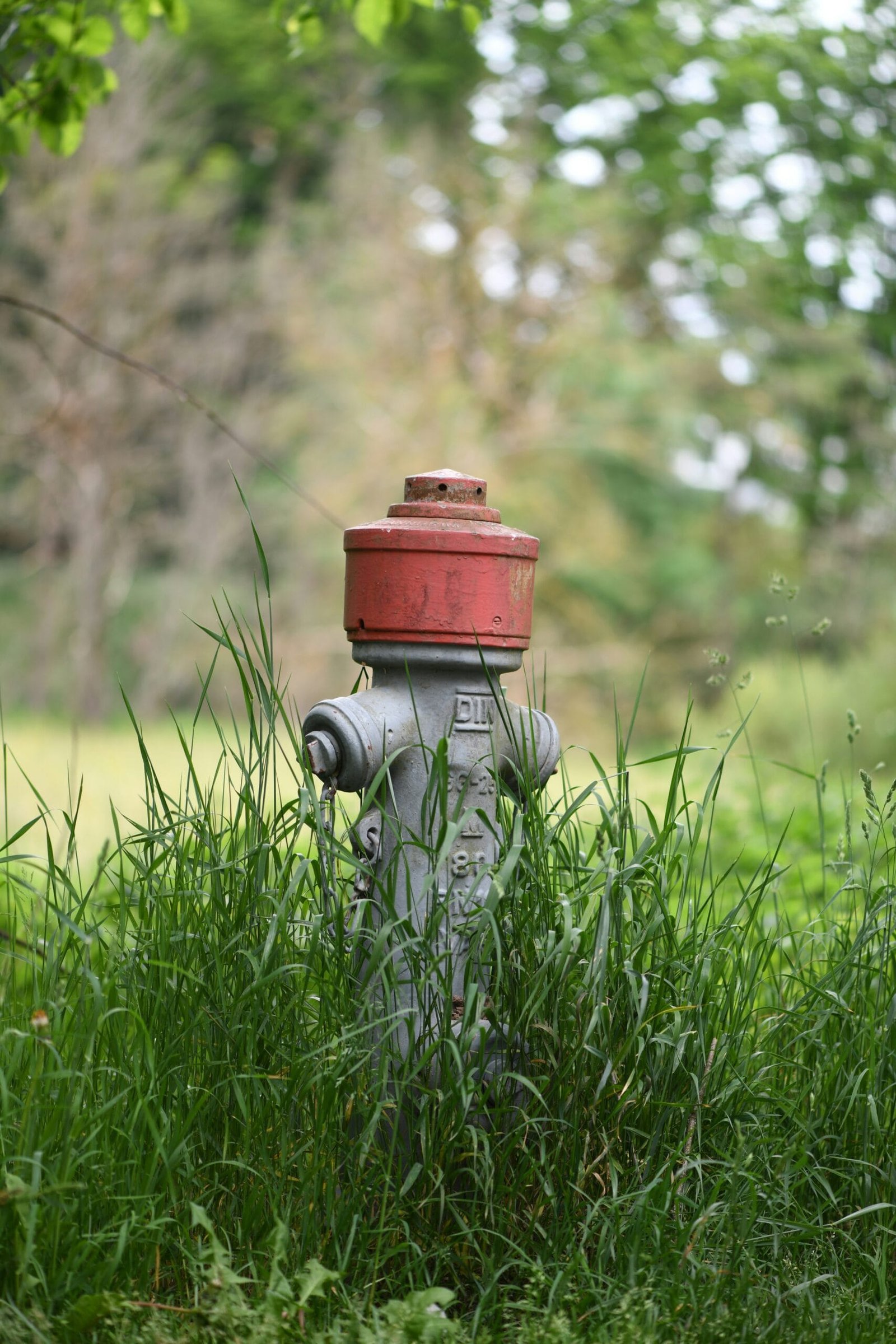
What Is The Safest Depth For A Water Well?
Deciding how deep to make a water well is one of the most important choices you’ll make when securing a private water supply. The “safest” depth depends on multiple local factors — geology, groundwater chemistry, nearby pollution sources, water demand, and regulations — but there are clear principles that will help you choose a depth that minimizes contamination risk and maximizes reliability.
This article explains how depth affects safety, what typical depth ranges mean for different well types, how contaminants behave with depth, best construction practices, and practical steps you can take to make your well as safe as possible.
Understanding Well Depth and Why It Matters
You’ll want to understand what “depth” means in context. Well depth is the measured distance from the ground surface to the bottom of the well or to the screened production interval where water enters the well.
Depth matters because it influences water quality, the risk of contamination, seasonal variability, yield, and the types of pumps and casing required. In general, deeper wells tap older, often more protected water that is less likely to be quickly affected by surface contamination. However, deeper does not always mean cleaner or safer; some deep aquifers contain naturally occurring contaminants like arsenic, radon, or high mineral concentrations.
Types of Wells and Typical Depths
Different well types have different typical depth ranges and risk profiles:
- Dug wells: These are hand-dug, shallow, and usually less than 30 feet deep. They’re the most vulnerable to contamination because they often penetrate only the surficial water table and usually lack proper casing and seals.
- Driven (or sand-point) wells: These are installed by driving a pipe into softer soils and typically range from 10 to 50 feet deep, though they can be deeper in some areas. They can be suitable in shallow water table settings but still remain vulnerable to surface pollutants.
- Drilled wells (rotary or cable-tool): These are the most common for domestic water supplies and can be 50 to several hundred or even thousands of feet deep depending on geology. Drilled wells are generally the safest regarding surface contamination if properly cased and grouted.
Aquifer Types: Confined vs. Unconfined
You’ll hear the terms “confined” and “unconfined” aquifer often. An unconfined aquifer is directly recharged from surface water and the water table fluctuates with rainfall and seasons; it’s more susceptible to contamination from the surface. A confined aquifer is separated from the surface by a low-permeability layer (like clay or rock) and is typically better protected from recent surface pollution. Wells completed into confined aquifers are often safer from bacterial and nitrate contamination.
Water Table and Seasonal Fluctuations
Your well’s depth relative to the local water table matters. If your well’s intake is close to the water table, you’ll see larger seasonal and drought-related fluctuations, and short-term contamination after heavy rains is more likely. Placing the well screen or intake below seasonal low-water levels ensures more reliable supply and less vulnerability.
Factors That Determine a “Safe” Well Depth
There is no single universal depth that guarantees safety. Instead, you’ll balance several factors to find the most appropriate depth for your circumstances.
- Local geology and hydrology: Rock types, aquifer thickness, and the depth to water vary widely and strongly influence safe depth.
- Contamination sources and land use: Proximity to septic systems, livestock yards, agricultural fields, landfills, road salt application, and industrial sites matters more than absolute depth.
- Well construction: Proper casing, grout/seal, well cap, and sanitary completion can dramatically reduce contamination risk regardless of depth.
- Intended use and yield: A domestic supply may require different depth and completion than irrigation or commercial supplies.
- Regulations and codes: Local and state regulations may mandate minimum casing heights, grout lengths, setback distances, and water testing.
- Water quality risks specific to area: Natural contaminants like arsenic, manganese, fluoride, or radon may increase with depth in some areas.
How Nearby Activities Affect Required Depth
You’ll benefit from thinking about what’s upslope and nearby. For example, if you have agricultural land, you’ll think about nitrate and pesticide movement; if you have industrial neighbors, you’ll consider solvents and heavy metals. In many cases, setting your intake below the depth where surface contaminants migrate or choosing an aquifer separated by an impermeable layer is the best safety strategy.
Typical Depth Guidelines by Well Type
Although local conditions vary, these general guidelines give you a starting point for understanding typical safety profiles.
| Well Type | Typical Depth Range | Safety Notes |
|---|---|---|
| Dug well | 5–30 ft | Highly vulnerable to contamination; proper lining and sealing required but often inadequate protection. |
| Driven/sand-point | 10–50 ft | Suitable in shallow, clean water-table areas; vulnerable to surface contamination if not well sealed. |
| Drilled well (domestic) | 50–500+ ft | Generally safer when entering confined or deeper unconfined aquifers; proper casing/grout essential. |
| Municipal/deep production wells | 200–1000+ ft | Often access confined aquifers; heavily regulated and typically safer against surface contamination. |
Keep in mind these are approximate. In some regions you may need to drill hundreds of feet to reach good quality water; in other places a shallow drilled well into a well-protected aquifer may be adequate.
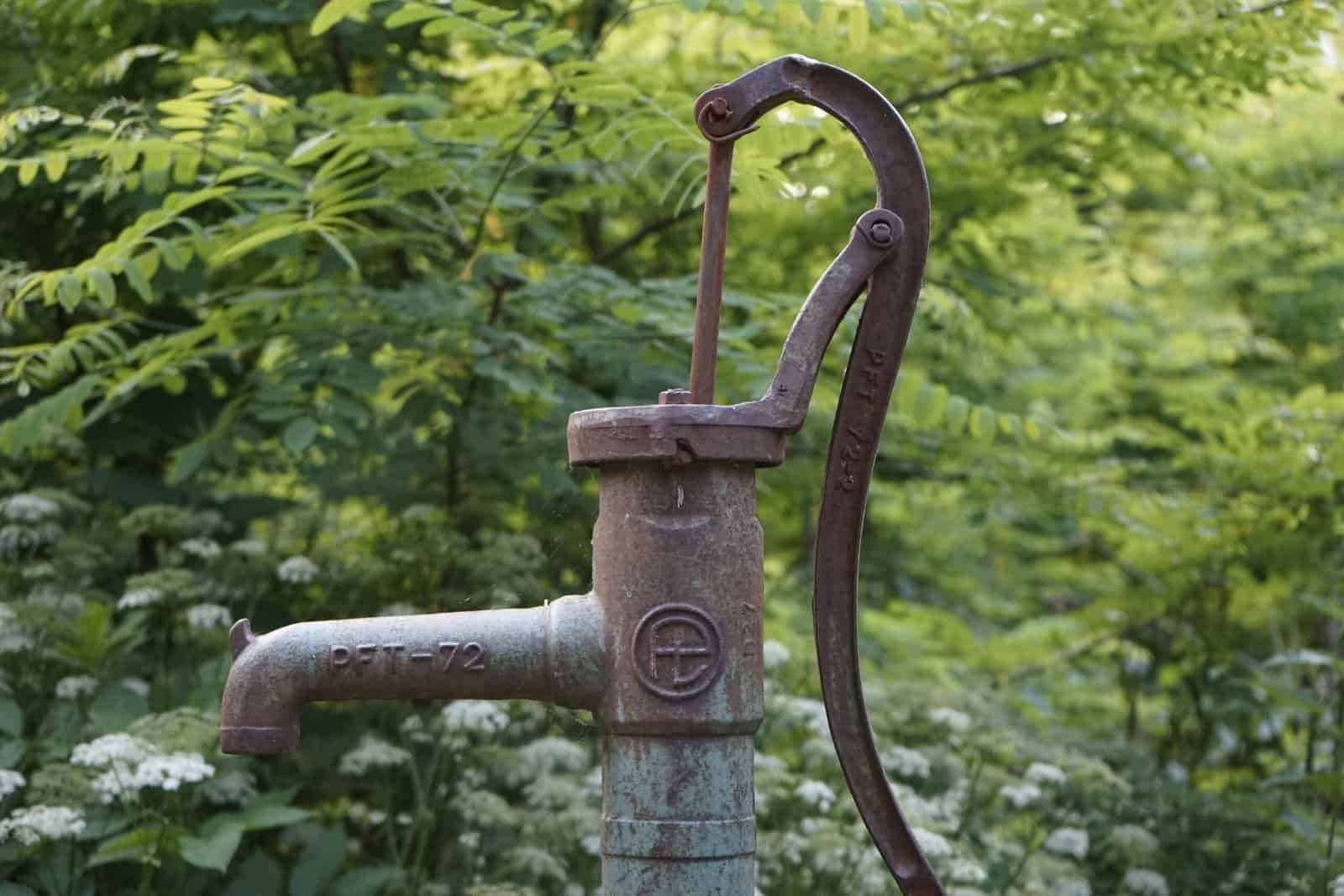
How Depth Affects Specific Contaminants
Different contaminants have different typical vertical distributions. Understanding these patterns helps you know why depth helps with some risks and not others.
| Contaminant Type | Typical Behavior with Depth | Notes for You |
|---|---|---|
| Bacteria (E. coli, coliforms) | Mostly concentrated in shallow groundwater near the surface | Deeper wells with proper casing and a sanitary seal greatly reduce bacterial risk. Regular testing remains essential. |
| Nitrate | Typically higher near surface sources (fertilizer, septic) | Deeper intakes that tap confined aquifers usually have lower nitrate, but not guaranteed. |
| Pesticides and volatile organics | Usually found in shallow or connected aquifers near source | Depth can help, but persistent or mobile compounds may migrate. Avoid wells near likely sources. |
| Arsenic | May increase with depth in some geological settings | Deeper wells sometimes have higher arsenic; you’ll need testing even for deep wells. |
| Radon | Can increase with depth and with certain rock types | Depth alone doesn’t prevent radon; treatment may be needed if present. |
| Iron, manganese, hardness | Often higher in deeper, older groundwater | These are common and manageable with treatment like water softeners or filters. |
You shouldn’t assume deeper automatically means free of problems. Many natural contaminants are more prevalent in deeper or older groundwater. Always test water quality regardless of depth.
Regulatory and Code Considerations
You’ll need to comply with local, state/provincial, and sometimes federal requirements when drilling and completing a well. Regulations commonly address:
- Minimum setback distances from septic systems, livestock pens, underground storage tanks, roads, and other potential pollution sources
- Minimum casing depths and required grout/annular seals to prevent surface water entry
- Permitting requirements prior to drilling
- Standards for wellhead construction and elevation above ground
- Mandatory water testing for bacteria and other contaminants at specific intervals
- Licensing requirements for drillers and standards for workmanship
Before you plan a drilling project, contact your local health department or water resources authority to learn specific minimums and required permits. Regulations vary widely and may include specific required depths for casing or grouting that influence the effective safe depth of your well.
Example Requirements You Might Encounter
You may be required to:
- Cement or grout the upper part of the annular space for a specified depth (commonly 20–50 ft or more) to protect against contamination.
- Install casing that extends a certain distance above ground and equip it with a sanitary well cap.
- Maintain minimum distances (e.g., 50–200 ft) between wells and septic tanks or agricultural areas.
- Conduct initial testing for bacteria, nitrates, and other locally relevant contaminants following completion.
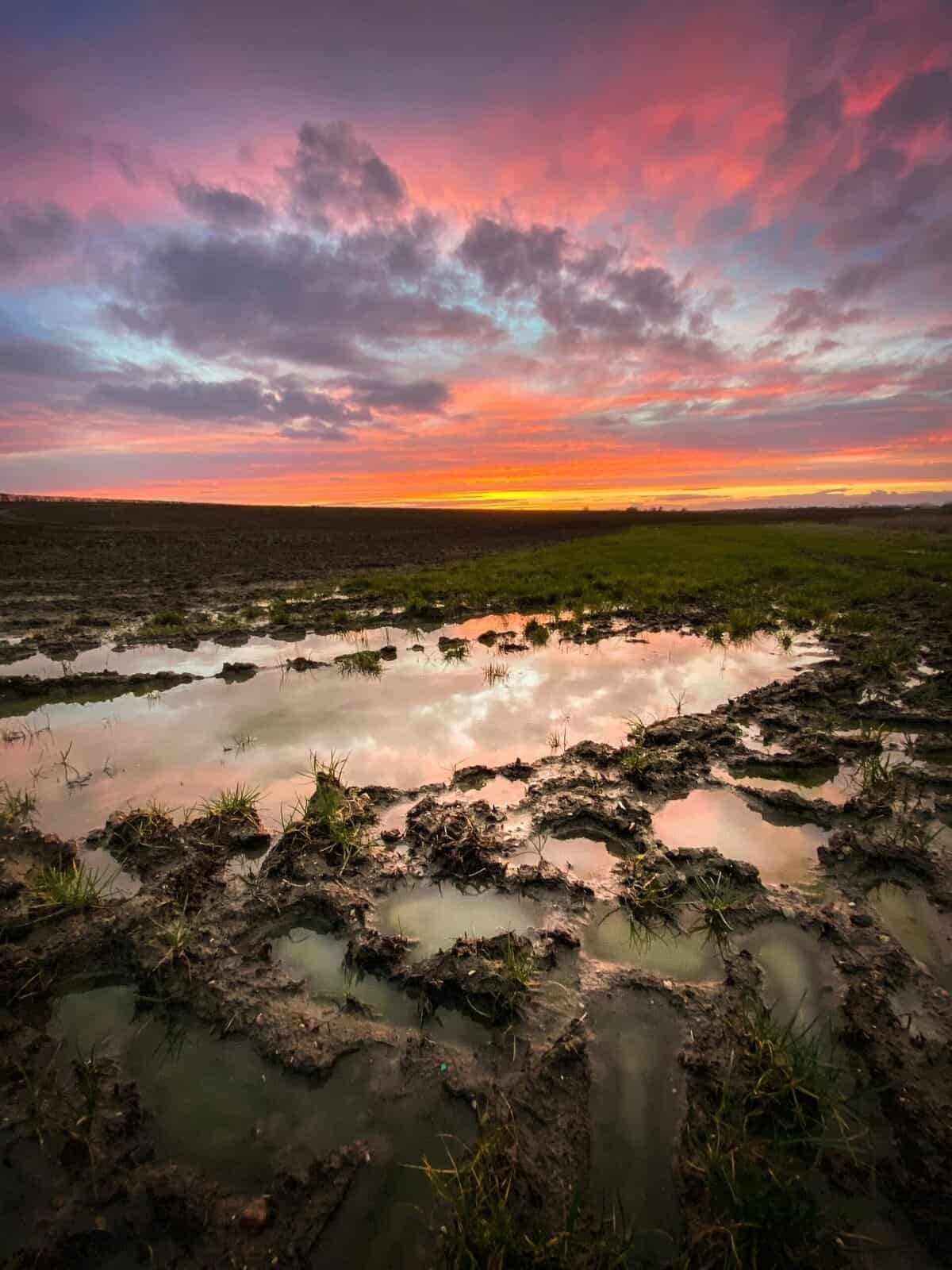
Well Construction Best Practices to Maximize Safety
Depth is part of the picture, but how you construct the well often matters as much or more.
- Proper casing: Use corrosion-resistant casing sized and installed correctly to prevent collapse and keep out contaminants.
- Grouting/sealing: Cementing the annular space from the surface to a specified depth prevents surface water and shallow contaminants from migrating down alongside the casing.
- Well cap and sanitary seal: A secure, vented cap prevents debris and insects from entering and reduces contamination risk.
- Pitless adapter: For above-freezing climates, a sanitary pitless adapter produces a sealed connection between the well and the pressure system without exposing the wellhead to surface water intrusion.
- Screen placement: Positioning the screened interval in the most productive part of the aquifer and ensuring it’s below seasonal low water levels reduces risk of drawing in poor-quality surface-connected water.
Casing and Grout Depth Considerations
Regulations and best practice often focus on sealing the shallowest, most vulnerable portion of the well — the section immediately below ground down to a depth that isolates the well from seasonal surface water influences and shallow contamination pathways. You’ll often see requirements like grout to 20–50 feet, but local geology may demand more. The aim is to prevent contaminants from moving down the annulus and migrating into the production zone.
Water Quality Testing: What You Should Do
No matter the depth, you’ll rely on routine testing to ensure safety. Initial testing after well construction should include:
- Bacteriological analysis (total coliforms and E. coli)
- Nitrate/nitrite
- Other local concerns (e.g., arsenic, lead, fluoride, uranium, volatile organic compounds, pesticides) depending on local land use and geology
After the initial test, standard recommendations for private wells include at least annual testing for bacteria and nitrates. If you have known regional risks (arsenic, radon, naturally occurring heavy metals), test for those even if they’re not part of standard annual panels. Test after heavy storms, flooding, or any well repair or pump replacement.
Disinfection and Remediation
If bacteria are present, you’ll typically disinfect the well (shock chlorination) and retest. Persistent contamination may require identifying and fixing structural problems (e.g., incorrect casing, damaged cap, surface drainage) or relocating the well to a safer site. Chemical contaminants may require treatment systems like activated carbon, reverse osmosis, ion exchange, or oxidation followed by filtration.
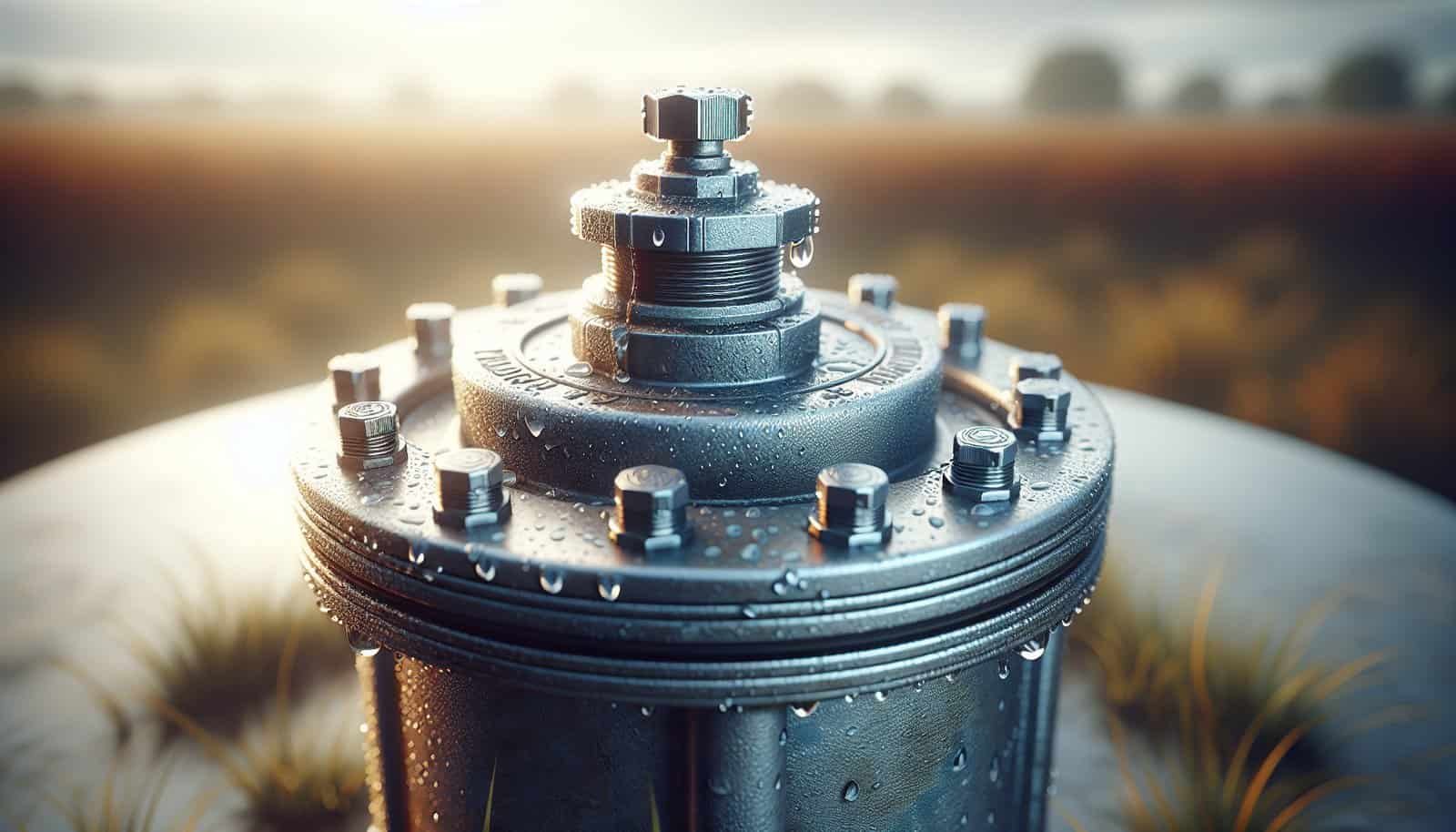
How Depth Affects Yield and Pumping
Depth affects not just safety but yield and the type of pumping system you’ll use.
- Shallow wells often use jet or shallow-well pumps and may have limited yield and are more influenced by seasonal drawdown.
- Deeper wells typically use submersible pumps. As depth increases, pump selection and horsepower requirements increase.
- Specific capacity (gallons per minute per foot of drawdown) helps you understand sustainable yields. A deep well is not necessarily high yielding; it must intersect sufficient permeable zones.
- Pumping excessive amounts from a deep well can cause local drawdown, induce contamination from nearby sources, or draw in poor-quality water from lower-quality strata.
You’ll want to size pumps and storage (pressure tank) to match well yield and household demand to avoid over-pumping and to preserve the well’s longevity.
Cost Considerations: Deeper Means More Expense
You’ll pay more per foot as depth increases. Costs you should consider include:
- Drilling costs (per foot, variable by geology)
- Casing and grout materials and installation
- Pump size and installation for deeper lifts
- Water treatment systems if deeper aquifer has natural contaminants
- Long-term maintenance of deeper well equipment
A shallow well may cost less initially but can be more expensive over time if it’s prone to contamination, frequent disinfection, or low yield. Conversely, a deeper well may cost more up front but provide a more reliable, lower-maintenance source if properly constructed.
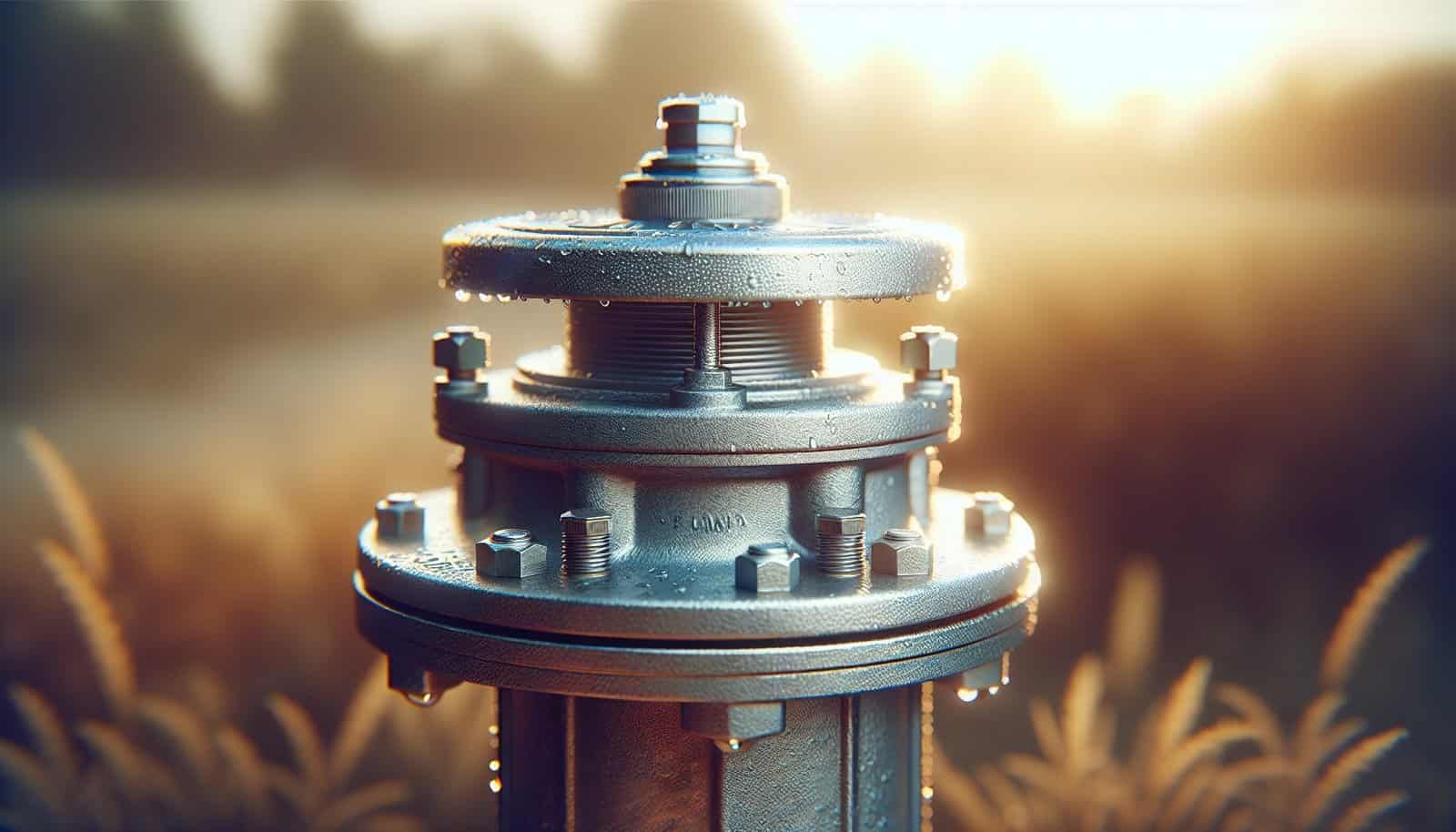
When Deeper May Not Be Better
You’ll sometimes face trade-offs where deeper isn’t automatically the best option:
- Naturally occurring contaminants: Arsenic, radon, high salinity, or heavy metals can increase with depth in certain regions. Deeper wells must be tested.
- Lower yields: Drilling deeper doesn’t guarantee higher yield if you pass through low permeability layers.
- Cost vs. benefit: Extremely deep wells may be unnecessary when a moderately deep well into a protected aquifer would suffice.
The optimal approach is usually to target the best local aquifer based on hydrogeologic information, not to seek “as deep as possible.”
Practical Steps for You When Planning a New Well
Follow a process to maximize safety and reliability:
- Contact local authorities and obtain required permits and local hydrogeologic information.
- Hire a licensed, experienced driller familiar with local conditions.
- Arrange for a site survey: look for high ground, avoid depressions and low-lying areas prone to runoff, and maintain setback distances from potential contamination sources.
- Review local aquifer maps and discuss targeted depth and expected chemistry with the driller.
- Ensure proper casing, grout, and sanitary completion are specified in writing before drilling.
- Test the water immediately after completion for bacteria, nitrates, and locally relevant contaminants.
- Plan a regular testing schedule (annual bacteria/nitrate; extended panels as needed).
- Keep detailed records of drill logs, water tests, repairs, and maintenance.
Troubleshooting Existing Wells
If you have problems, here’s what to look for and do:
- Sudden change in taste, odor, or clarity: Test for bacteria and organics. Could be contamination or pump failure.
- Low yield or drying up: Check for pump issues, lowered water table, seasonal drawdown, or blocked screen. Consider pump inspection and well redevelopment.
- Recurrent bacterial contamination: Inspect the well cap, casing, and sanitary seal; check surface drainage. Consider shock chlorination and structural repairs.
- Presence of specific contaminants (nitrate, arsenic, VOCs): Identify likely sources and consider treatment technologies or alternative water supply if required.
A licensed well contractor or your local health department can usually help diagnose persistent issues.
When to Consider Alternatives or Additional Protection
You may consider alternative water sources or extra protections if:
- Local geology is known for toxic contaminants at shallower and deeper levels (e.g., arsenic in bedrock)
- You’re near known contamination plumes or spill sites
- Local groundwater is heavily affected by agriculture or industry and you can’t secure a protected aquifer within reasonable depth/cost
- You need guaranteed potable quality for vulnerable populations (infants, immunocompromised household members)
Options include connecting to a municipal supply (if available), drilling deeper into a protected confined aquifer (if present and safe), using point-of-entry treatment for the whole house, or installing point-of-use treatment for drinking water.
Maintenance and Long-Term Safety
To keep your well safe over time, you should:
- Test annually for bacteria and nitrates; test for other contaminants as regionally indicated.
- Inspect the well cap, casing, and immediate area for damage or poor drainage.
- Maintain setback areas: Keep livestock, septic systems, and chemical storage away from the well.
- Keep records of tests, maintenance, and any remediation.
- Decommission unused wells on your property properly to prevent cross-contamination.
Proper maintenance reduces the need for remediation and extends the useful life of your well.
Quick Reference Table: Depth, Risk, and Practical Advice
| Depth Range (approx.) | Typical Risk Profile | Practical Advice |
|---|---|---|
| 0–30 ft (dug/driven) | High risk of bacterial and nitrate contamination; seasonal problems common | Avoid for drinking unless hydrogeology supports it; require lining, sealed cap, and frequent testing. |
| 30–100 ft (shallow drilled) | Moderate risk; better if aquifer is confined or separated by low-permeability layers | Good for many domestic needs if properly cased and grouted; test for nitrates and bacteria. |
| 100–500 ft (deeper drilled) | Often lower risk from surface contamination; watch for natural geogenic contaminants | Often reliable; test for arsenic, radon, hardness, iron, and other region-specific issues. |
| 500+ ft (deep production) | Low surface contamination risk but potential for geologic contaminants and higher costs | Typically used for large supplies; usually well-protected but must be tested and treated as needed. |
Frequently Asked Questions
Q: Is there a single “safe” depth for all wells? A: No. Safe depth depends on local geology, sources of contamination, well construction, and regulatory requirements. You’ll need local guidance and testing to determine the best depth.
Q: Will a deeper well always eliminate bacterial contamination? A: Deeper wells are much less likely to have surface bacteria if properly constructed, but no well is immune. You must still test and maintain the well.
Q: How often should I test my well water? A: At minimum, test annually for bacteria and nitrates. Test for additional contaminants as suggested by local conditions or if you notice changes in your water.
Q: What are the signs my well might be contaminated? A: Cloudiness, bad taste or odor, staining, reduced flow, or illness among household members after drinking the water. Any of these call for immediate testing.
Q: Can poor well construction at a shallow depth be safer than deeper but poorly constructed wells? A: A properly constructed shallow well in a protected aquifer can be safe, and conversely, a poorly constructed deep well can allow contamination. Construction quality is crucial.
Final Recommendations and Checklist for You
- Start locally: Contact your health department or water resources agency for hydrogeologic maps, setback rules, and driller recommendations.
- Hire professionals: Use licensed drillers experienced with your geological setting.
- Focus on construction: Proper casing, grout, sanitary cap, and screened placement matter as much as depth.
- Test early and often: Test immediately after completion and then routinely.
- Balance cost and safety: Depth is one tool among many — pick a depth that reaches a protected aquifer without unnecessary expense, and invest in proper construction and testing.
- Plan for long-term maintenance: Regular inspection, testing, and record-keeping protect your water supply and household health.
Choosing the safest depth for your water well is a local decision informed by geology, land use, construction standards, and intended use. By combining careful site selection, proper well construction, and routine testing, you’ll maximize the chance of a safe, reliable water supply for years to come.
